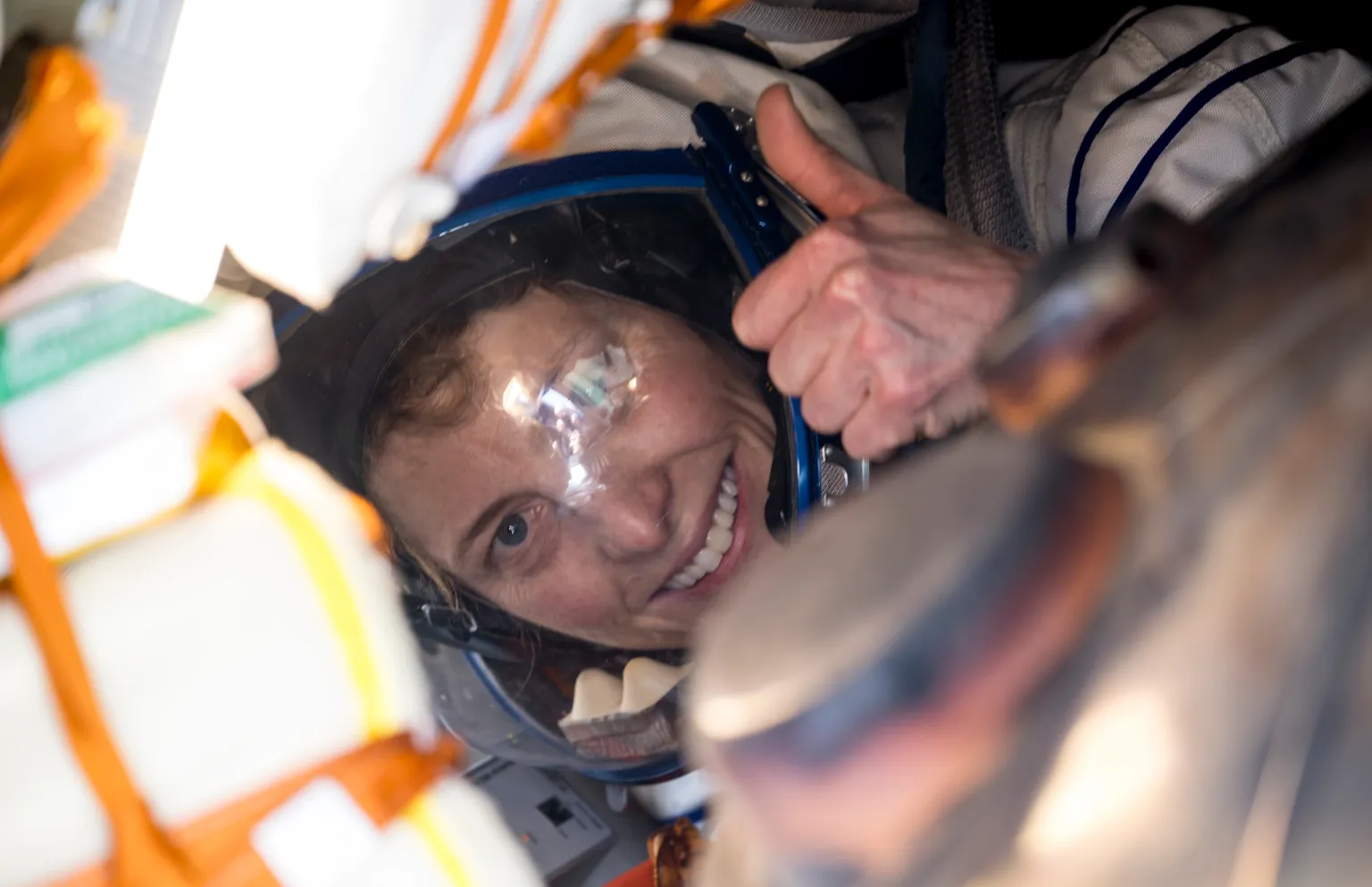“Loral O’Hara and Team Triumph: A Journey of Discovery and Return from the ISS
A Historic Mission Comes to an End
NASA astronaut Loral O’Hara, along with her international crewmates, recently marked the end of their historic mission aboard the International Space Station (ISS). This return not only signifies the completion of a significant journey but also adds a remarkable chapter to the annals of space exploration.

Background of the Mission
Loral O’Hara, a skilled engineer and astronaut, embarked on her journey to the ISS several months ago, accompanied by astronauts from various countries. Their mission was part of a collaborative effort between NASA and international space agencies, aiming to conduct scientific research and experiments that could benefit humanity and deepen our understanding of space.
The Journey and Research
During their time aboard the ISS, O’Hara and her crewmates engaged in numerous scientific research projects and technological experiments. They studied everything from the effects of microgravity on the human body to the behavior of materials and fluids in space. This research is crucial for the future of space exploration, providing insights that will pave the way for longer and more ambitious missions, possibly to Mars and beyond.
Life on the ISS
Life aboard the ISS is unique and challenging. Astronauts follow a strict schedule, juggling between research activities, maintenance of the space station, and exercise sessions to counteract the effects of living in microgravity. Loral O’Hara shared her experiences through various channels, detailing the day-to-day life in space, including the stunning views of Earth from the ISS, the camaraderie among crew members, and the peculiarities of space living, like eating and sleeping in microgravity.
Contributions to Space Science
O’Hara’s contributions to space science during her mission are noteworthy. Her work has helped advance our knowledge in several key areas, including space medicine, environmental monitoring, and the development of new materials. The experiments conducted under her supervision have led to valuable data that will assist scientists and researchers in solving complex problems on Earth and in space.
The Return Journey
The return journey of O’Hara and her crewmates was a meticulously planned operation, involving a descent from the ISS back to Earth in a spacecraft designed for safe re-entry into the Earth’s atmosphere. The successful landing of the spacecraft in a predetermined location showcased the precision and reliability of current space travel technologies.
Impact and Future Missions
The safe return of the crew marks a successful end to a mission that has significantly contributed to our understanding of living and working in space. The data and experiences gathered during this mission will be instrumental in planning future long-duration spaceflights, including missions to the Moon under the Artemis program and eventually to Mars.
Educational Outreach and Inspiration
Throughout her mission, Loral O’Hara was actively involved in educational outreach, connecting with students and educators around the world. Through live broadcasts and educational programs, she inspired countless young minds, highlighting the importance of science, technology, engineering, and mathematics (STEM) education and encouraging the next generation of explorers and scientists.
Conclusion
The return of NASA astronaut Loral O’Hara and her crewmates from the International Space Station is a monumental achievement in the field of space exploration. Their mission has significantly contributed to scientific research, technological advancements, and international collaboration in space. As we celebrate their safe return, we also look forward to the future missions that will build on their legacy, pushing the boundaries of what is possible and continuing the human journey into space.
Read More-
- Nasa Snake Robot- Revolutionizing the Search for Life on Enceladus
- Unveiling the First Instruments for Artemis Moon Mission
- Nasa Snake Robot- Revolutionizing the Search for Life on Enceladus
- NASAs Select Terrain Vehicle for Artemis Missions










